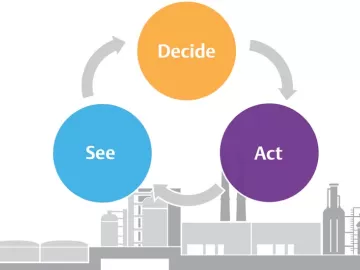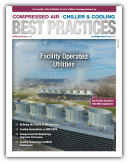Microbiological Testing Considerations for Compressed and High Risk Ambient Air Systems in Food Plants
Micro-aerosolized droplets are how many members of the microbial world become cross-contaminants via the air mode of transmission. Food borne viral pathogen Hepatitis A and the ubiquitous Norwalk are very often transported via micro- aerosols. It is well known that many viral or bacterial pathogens or spoilers are transmitted via respiratory bursts [coughs/ sneezes] from people or air handling system, condensate, and splash back from floors. Strict cGMPs can limit and control transmission in terms of personal & environmental hygiene.




